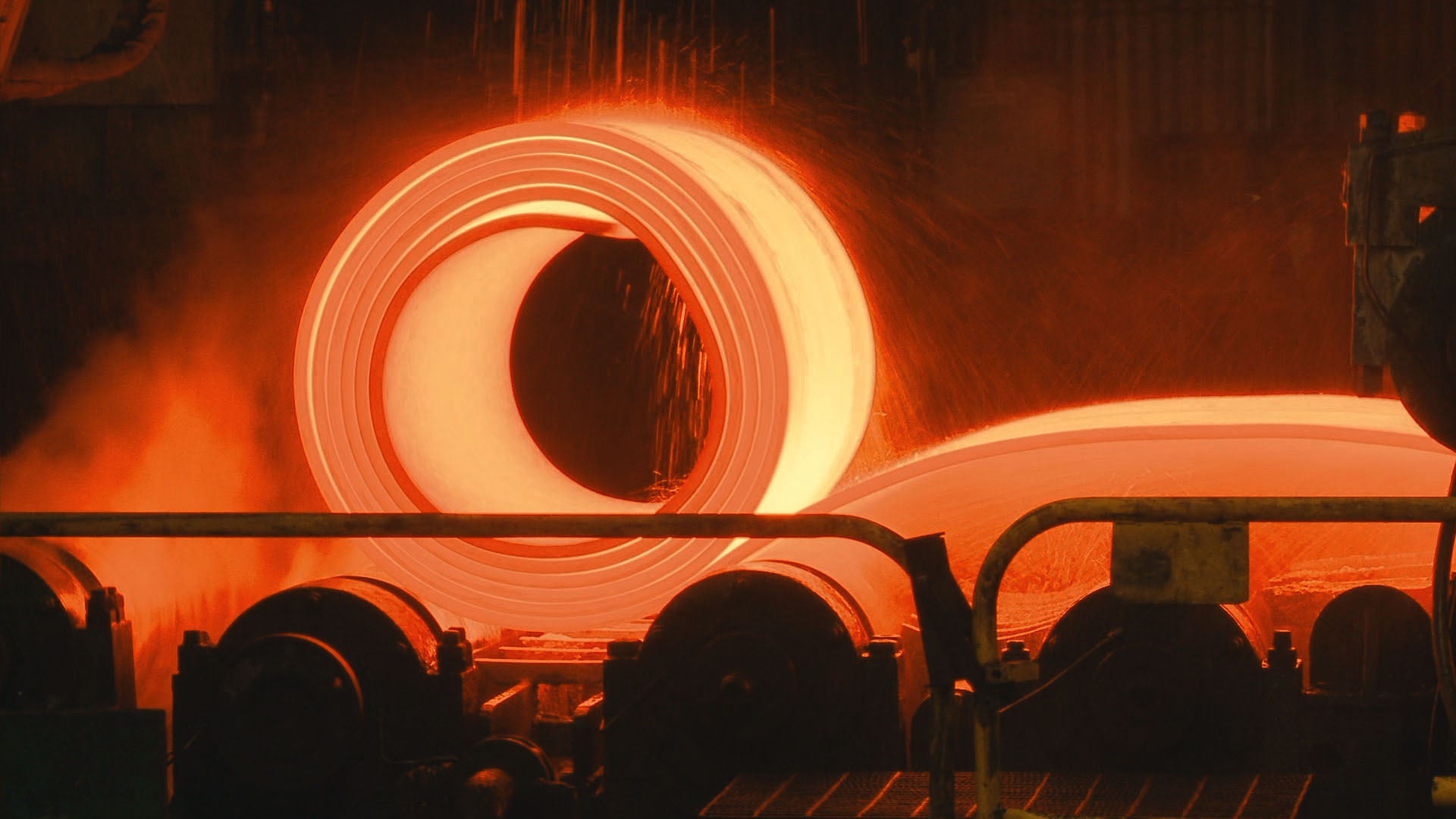Despite a rise in import duties on steel products in Iran, Chinese suppliers maintain their position in this market, especially in the segment for flat products, even posting somewhat better performance in the first half of 2016. The factor supporting sellers from China is Iran’s limited production capability in the segment for thinner HR? (hot rolled coil), Metal Expert, a Ukraine-based provider of news and analysis on steel products and steelmaking raw materials industries, reported.
In January-June 2016, supplies of Chinese steel products to Iran inched up by 1% year-on-year to 653,000 tons, according to customs statistics. In value, China’s exports amounted to $286 million tons. Chinese sellers managed to increase their presence in the Iranian market even in spite of import duties on flats, which have risen to 20-26% depending on the type of product since the start of the current fiscal year (March 20, 2016).
The restrictive measures affected only the structure of supplies. In particular, purchases of plate, CR (cold rolled) and coated steel decreased. At the same time, imports of HRC, constituting the greater part of Iran’s purchases, surged almost 1.5-fold. As a result, the product’s share in deliveries from China went up by 13 percentage points year-on-year to 45% from 32% in H1 2015.
Increase in supplies of HRC from China is attributed to slight improvement of demand in the Iranian market as well as lack of thinner-gauge material. Even though Iran’s largest flat steel producer Mobarakeh Steel Company (MSC) plans to reduce Iran’s reliance on imported 2 mm HRC by switching its subsidiary Saba Steel Complex (SSC) with the capacity of 700,000 tons per year to production of this material (up to 70% of the order book) it has not been enough yet to cover domestic needs. “Higher supply of the 2 mm material will help reduce imports of this material but only partially,” a market participant told Metal Expert.
In the segment for plates, Iran managed to decrease the share of the Chinese material, halving the purchases in January-June 2016. The reason behind the reduction is the local companies’ capability to cover local demand with their own output. The largest Iranian plate producer Khouzestan Oxin Steel Company intends to ramp up plate production by 12% (around 100,000 tons) to 950,000 tons per year by the end of the current Iranian year.


